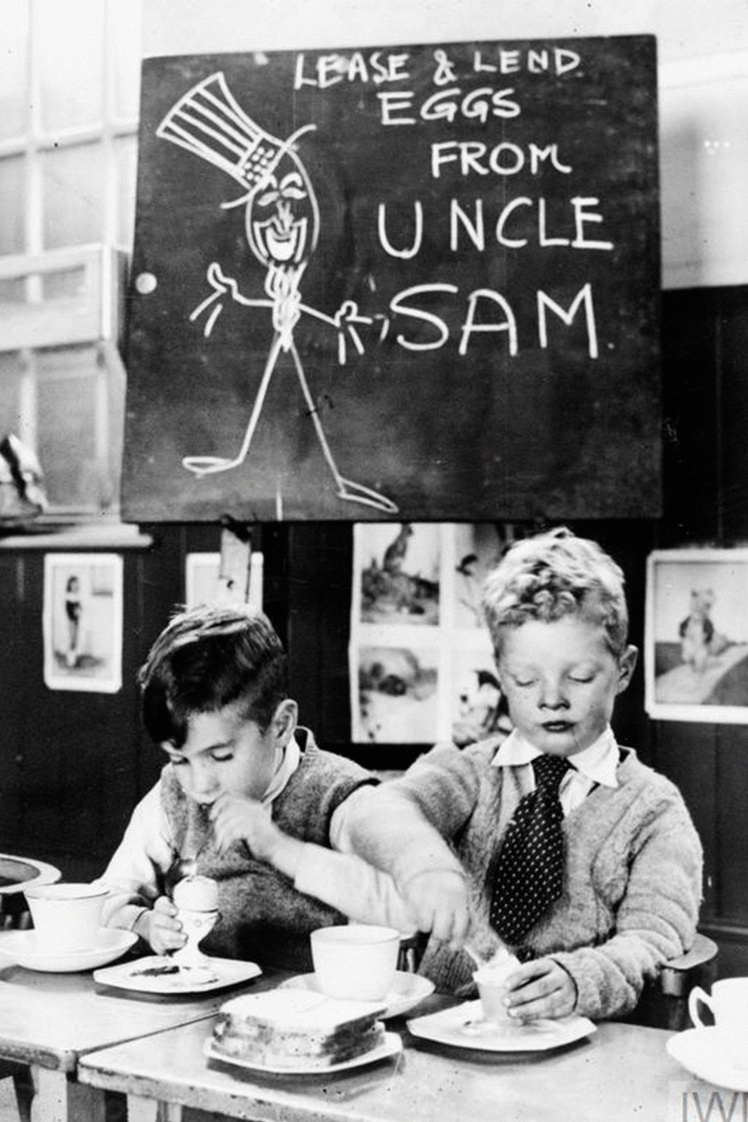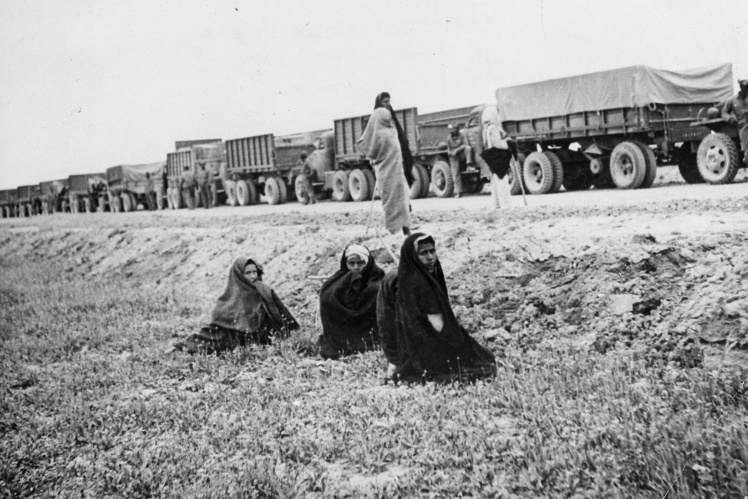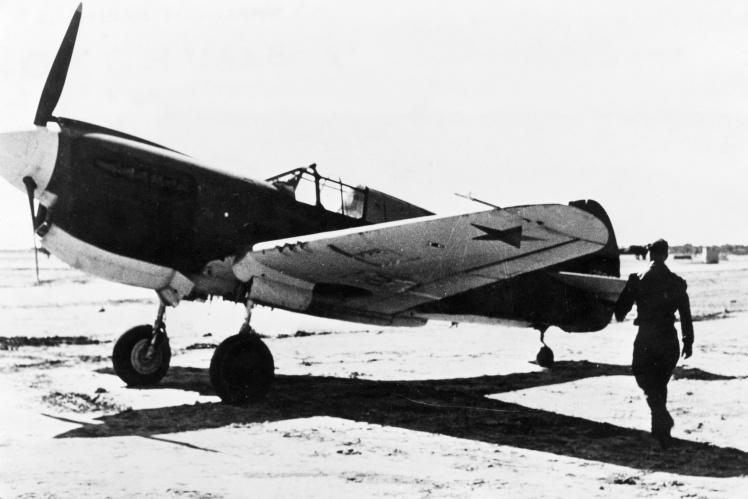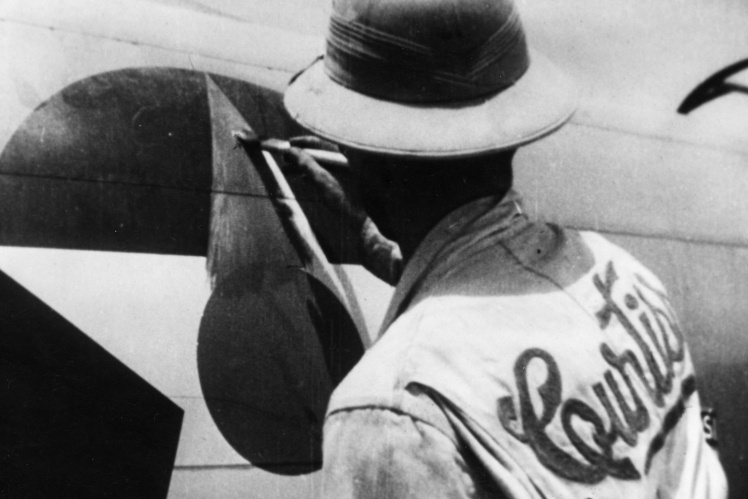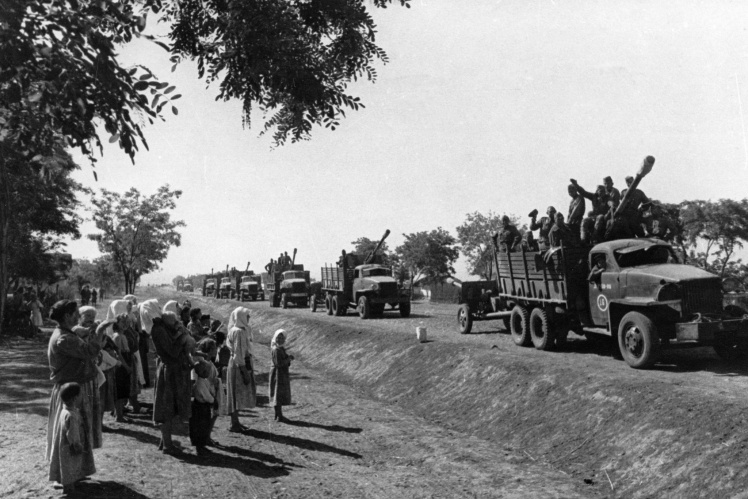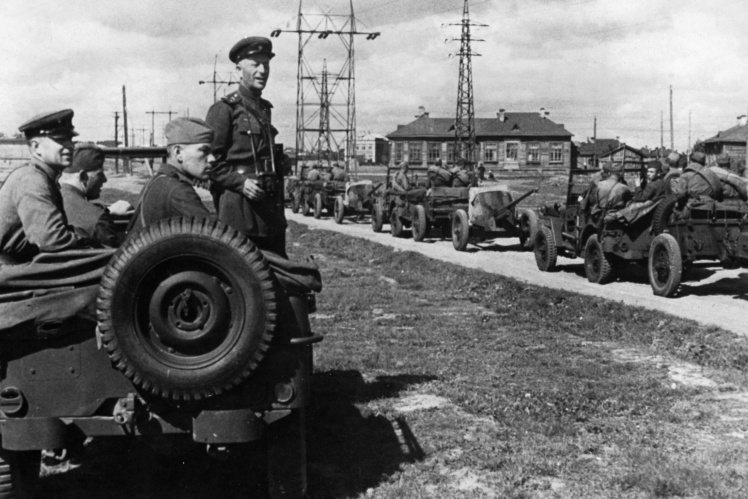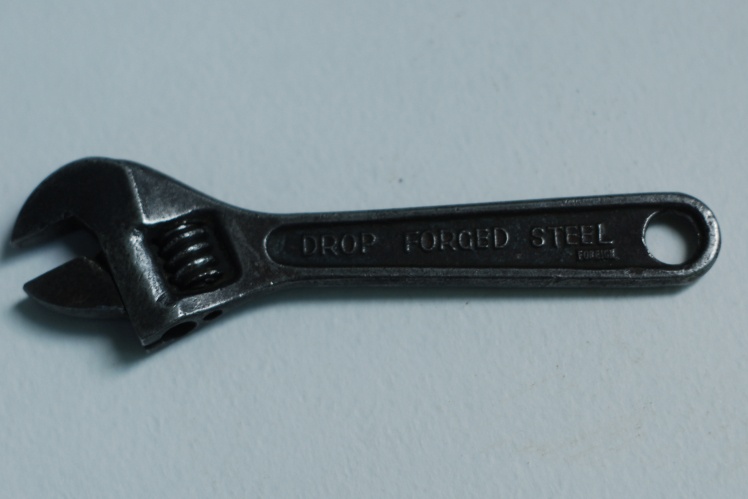The history of the lease began in May 1940. By this time, Germany had practically conquered Western Europe, and the threat of invasion loomed over Britain. On May 15, 1940, British Prime Minister Winston Churchill asked US President Franklin Roosevelt to provide Britain with 40-50 old destroyers for temporary use in exchange for access to British naval and air bases in the Atlantic Ocean. The Brits proposed three payment schemes: a free gift, payment in cash or rent, i.e. leasing. Eventually, they agreed on a third option, and in September 1940 the first American destroyers went on lease to Britain.
Former American leased destroyer in the Royal Navy, 1940. Children eat eggs provided by America under Lend-Lease Program at the Staffordshire School, Britain, 1941.
After that, the US Treasury Department planned to transfer the experience of this agreement to all foreign policy. Roosevelt also liked the idea of leasing weapons to the Allies. This way he could solve several problems at once. First, by sending weapons, not soldiers, the president kept his campaign promise: "Our guys will never take part in someone elseʼs wars." Secondly, such a scheme allowed expanding of the production, thus — creating new jobs. Finally, the United States could influence the recipient countries. At the end of the war, almost half the world was in debt to the United States, with more than 40 countries in Europe, Asia, and Latin America fighting Germany and its allies.
US President Franklin Roosevelt signs the Lend-Lease Act at the White House on March 11, 1941.
In early 1941, the Lend-Lease Bill passed both houses of parliament and was signed by President Roosevelt on March 11. Here are the main points of this law:
- The United States could lease to other states "various goods and materials needed for hostilities" — weapons, military equipment, ammunition, strategic raw materials, food, industrial equipment, civilian goods for the army and rear, as well as provide any information of military importance.
- No payment was made for supplied materials that were destroyed, lost, or used out in the course of hostilities. But everything that remained after the war and was suitable for civilian purposes had to be paid for — in total or in part on the basis of long-term loans provided by the United States.
- The remaining weapons stayed with the recipient country, but the United States could demand their return at any time.
- The recipient countries were required to report to the United States on their financial situation and pledged to assist the United States with all available resources and information.
Initially, the law on lend-lease did not apply to the USSR. After the Molotov-Ribbentrop Pact, the Soviet Union became an ally of Hitler and until the summer of 1941 helped Germany with supplies. The situation changed after Germany attacked the USSR on June 22, 1941. As early as August, Churchill and Roosevelt promised Stalin to provide the USSR with "the maximum amount of the materials you need most." In order to do this, the United States quickly legalized a program to double military production, and the first deliveries began in the fall of that year. However, Roosevelt could not quickly pass the law through the American parliament to help Hitlerʼs recent ally. So he and Churchill did a trick — American cargo for the Soviet Union was shipped in transit through the Britain under the guise of a supply agreement between the United States and Britain.
Negotiations about the coordination of Great Britain and the USSR's actions in the war against Germany, held in Kremlin, Moscow. From right to left: Vyacheslav Molotov, Minister of Foreign Affairs of the USSR, Joseph Stalin, the head of the USSR, Averell Harriman, Special Representative of the President of United States to Great Britain and the USSR, Winston Churchill, the Prime Minister of the United Kingdom. August 12, 1941.
It was dangerous to postpone the help because, at the end of 1941, the situation of the anti-Hitler coalition was critical. After several tactical mistakes made by the command, the USSR lost many soldiers and military equipment, and the large industrial centers in the European part of the country were occupied. Great Britain, which had been fighting Hitler since 1939, was on the verge of defeat. And the United States had to officially enter World War II after Japan attacked the naval base at Pearl Harbor on December 7, 1941.
On June 11, 1942 Maksim Litvinov, the USSR Ambassador to the United States, and the US Secretary of State Cordell Hull finally signed an "Agreement between the Governments of the USSR and the United States regarding the principles applicable to mutual assistance in the conduct of the war against aggression". In its essence, it was the agreement on lend-lease. Not only military equipment but also locomotives, machines, non-ferrous metals, petroleum products, gunpowder, uniforms, leather, blankets, food, and other goods were supplied from America to the USSR. The US provided even felt boots. They found a Russian immigrant in the United States who established the necessary production specifically for this purpose.
Deliveries of allies to the USSR through lease program until the summer of 1945 (incomplete list):
14,795 aircraft;
7,056 tanks;
51,503 SUVs;
375,883 trucks;
131,633 rifles;
1,981 locomotives;
8,071 tractors;
127,000 tons of gunpowder;
802,000 tons of non-ferrous metals;
2,670,000 tons of oil products;
4,478,000 tons of food;
15,417,000 pairs of army boots;
257,723,498 buttons.
There were three main routes for the supply of aid to the USSR: Arctic convoys across the Atlantic and the Norwegian Sea to Murmansk, Arkhangelsk, and Severodvinsk; Trans-Iranian — across the Persian Gulf; Pacific — specifically, the Alaska — Siberia air route for the transfer of aircraft.
Iranian women watch a convoy of American trucks delivering a lease to the USSR on June 5, 1943. The Soviet pilot is about to board an American fighter jet, which was delivered to a collection center on a lend-lease in Iran in 1943-1945. A worker covers the American insignia in red paint on a fighter jet before delivering it to the USSR through the Trans-Iranian corridor, 1943-1945.
Wikimedia
The northern route of the Arctic convoys was both the shortest and the most dangerous at the same time. Delivery took about two weeks, but convoys codenamed PQ were constantly attacked by the German navy and air force. In 78 trips, from August 1941 to May 1945, the Allies lost 85 merchant ships and 16 warships on this route.
The Pacific and Trans-Iranian routes were much longer, plus extra time was spent transferring the equipment to the Eastern Front. For example, the route through Iran took about 50 days. However, this was not as dangerous as the Arctic convoys, and by these routes the USSR received more than 70 percent of the cargo on lease.
Arctic convoy PQ-17 with supplies on lease for the USSR. In the foreground is an American M3 tank, which 37-mm gun was used for air defense during German aircraft attacks in July 1942.
During the war, the American media covered the implementation of the Lend-Lease Program widely and in detail. Soviet propaganda right after the first deliveries quoted Stalinʼs complaints about the technical characteristics of the aircraft and tanks, or was silent about the American aid at all. It came to the point that in March 1943, the American ambassador to the USSR, Averell Harriman, did not restrain his insults: “The Soviet government probably wants to hide that it is receiving help from other countries. Obviously, it wants to reassure Soviet people that the Red Army is fighting this war alone. " It was only at the Yalta Conference in February 1945 that Stalin was forced to recognize that "the lease was Rooseveltʼs remarkable and most fruitful contribution to the formation of the anti-Hitler coalition."
The M3 Stuart tank and part of the hull of the A-20 bomber, which were sent to the USSR on a lease in one of the Arctic convoys, 1942-1943.
Wikimedia
According to various estimates, the land-lease program provided 16 percent of the equipment used by Soviet armored troops, 15 percent of what aviation used, 32% of total arsenal of the navy, 18% of anti-aircraft artillery. As for trucks and cars, the share of foreign ones reached almost 70 percent. In 1944, the Soviet army rode mostly in American cars, which made especially happy the future Soviet leader Nikita Khrushchev. Even the famous Soviet Katyusha jet fire systems were installed on American Studebaker trucks.
A column of Soviet troops in American trucks sent by the Lend-Lease Program in September 1944 passes a group of Romanian villagers. The commander of the Soviet anti-tank battalion watches a convoy of American jeeps sent on a lend-lease program, 1943-1945.
American tanks were used in the operations of the Soviet army near Rzhev, in the Battle of Kursk and even reached Berlin. Soviet aces flew on American planes. For example, three times Hero of the Soviet Union Aleksandr Pokryshkin won most of his victories on the American Bell P-39 Airacobra fighter.
American fighter Bell P-39 Airacobra fires from all weapons during a night flight, the 1940s.
The soldiers recalled that they first tasted chocolate or cocoa only during the war — and they were American-made. Anastas Mikoyan, then in charge of supplies, admitted that "in the autumn of 1941 we lost everything, and if it were not for the lease, if not for American supplies, weapons, food and warm clothes for the army — hard to say how things would go". And in 1963, the KGBʼs wiretapping recorded the words of "The Marshal of Victory" Georgy Zhukov: "Now they say that the Allies have never helped us, but there is no denying that the Americans were sending us so many supplies, without which we could not form our reserves and could not continue the war." However, in Soviet historiography, the figure approved by Stalin remained four percent of "the share of supplies under the lease in relation to domestic production during the war."
Photos of items from the family archive of Babel's senior literary editor Vira Solntseva. American wrench leased during World War II. Measuring tape routed by Lend-Lease during World War II. Box of bacon, leased during World War II.
The Lend-Lease Act expired on August 21, 1945. The United States then calculated the debts and billed the recipient countries. The Soviet Union was initially charged $2.6 billion, but before the 1948 talks, that amount was halved in 30-year installments to 2.3 percent per annum. In response, Stalin stated that "the USSR has fully paid its debts for the lend-lease with the blood of its soldiers." In the end, the Soviet Union agreed to pay only $170 million, which the Americans allegedly did not agree to.
Since then, negotiations on the lend-lease debt have continued in a similar scenario: the Americans have reduced the amount slightly, and the Soviet Union has agreed to pay only a minimal part. The Lend-Lease Debt Agreement was signed in 1972, with the Soviet Union pledging $722 million, including interest, by 2001. But the following year, relations between the two countries deteriorated again and the Soviet Union stopped paying.
In 1990, Soviet leader Mikhail Gorbachev and US President George W. Bush agreed that the Soviet Union would pay $674 million by 2030. After the collapse of the Soviet Union, the debt was reassigned to its successor, the Russian Federation, which paid it in full until August 2006.
US President George W. Bush Sr. (right) and Soviet President Mikhail Gorbachev at the White House on June 1, 1990.
We offer good and useful texts in exchange for your donations (you can also donate in cryptocurrency!).
Translated from Ukrainian by Yulia Pryimak.


